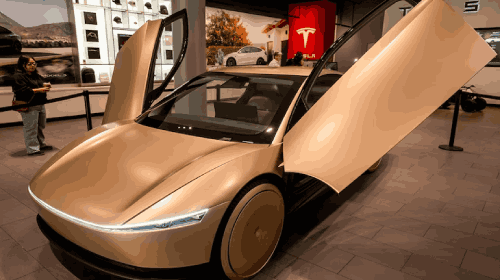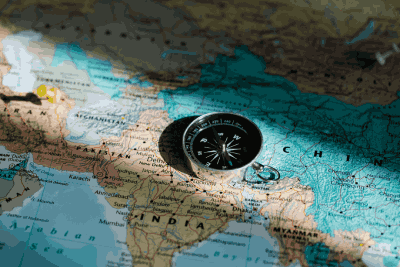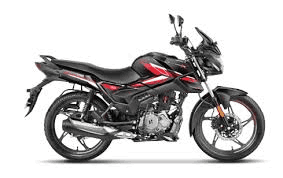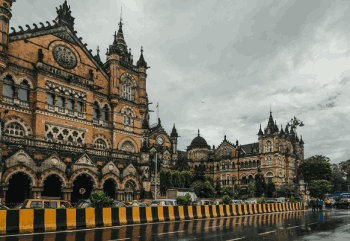Tesla’s groundbreaking robotaxi service officially launched in Austin, Texas on June 22, 2025, marking a pivotal moment in autonomous transportation history. This revolutionary ride-hailing service represents Tesla’s boldest step toward transforming urban mobility through cutting-edge Full Self-Driving (FSD) technology and artificial intelligence systems that operate without human drivers.
What Makes Tesla Robotaxi Revolutionary
Tesla Robotaxi utilizes modified Tesla Model Y vehicles equipped with Tesla’s proprietary Hardware 4 platform and advanced FSD software version 13+—technology approximately 6 months more sophisticated than consumer-available systems. Unlike competitors who rely on expensive LiDAR and radar systems costing $100,000+ per vehicle, Tesla’s innovative vision-only approach uses eight high-resolution cameras and advanced neural networks trained on data from over 6 million Tesla vehicles worldwide.
The service’s artificial intelligence system processes real-time visual data to navigate complex urban environments, recognize traffic patterns, detect pedestrians, and respond to changing road conditions with remarkable precision. This computer vision technology represents a fundamental breakthrough in autonomous driving, proving that cameras alone can achieve human-level driving performance.
Current Operations and Service Features
Tesla robotaxi currently operates in Austin, Texas and the San Francisco Bay Area, serving customers through an intuitive mobile application that rivals traditional ride-hailing services. The app provides one-touch ride booking, real-time vehicle tracking, and smart pickup location suggestions based on traffic conditions and accessibility.
For existing Tesla owners, the service offers seamless integration through automatic preference synchronization—climate controls, music preferences, and entertainment settings transfer automatically from personal vehicles to robotaxi rides. This personalization creates a familiar, comfortable experience that feels like riding in their own car.
Current pricing structures demonstrate Tesla’s competitive advantage, with dynamic pricing ranging from $1.25-$2.34 per mile compared to traditional alternatives:
- Traditional taxis: $2.50-$3.50 per mile
- Uber/Lyft: $1.50-$2.00 per mile plus tips
- Waymo: $1.66-$2.50 per mile
The service eliminates tipping obligations and surge pricing extremes, providing predictable, affordable transportation that consistently undercuts competitors by 15-30%.
Safety Performance and Consumer Confidence
Tesla robotaxi demonstrates exceptional safety performance through multiple advanced systems. The vehicles feature 360-degree camera coverage for comprehensive environmental monitoring, real-time obstacle detection using computer vision, and emergency braking systems that respond faster than human reflexes. Collision avoidance algorithms trained on billions of miles of driving data enable the system to handle complex scenarios including construction zones, busy intersections, and pedestrian-heavy areas.
Early operational data reveals impressive safety metrics, with 95% of trips completed without human intervention during routine driving scenarios. The upcoming FSD version 14, expected in September 2025, will feature 10 times more parameters than current versions, dramatically improving the system’s ability to understand nuanced driving situations.
Consumer feedback consistently highlights high confidence levels, with 90% of users reporting positive safety perceptions and 85% expressing willingness to use the service regularly. As CEO Elon Musk confidently states, robotaxis will be “10 to 20 times safer than human drivers” due to their ability to process multiple data streams simultaneously without fatigue or distraction.
Economic Impact and Market Disruption
Tesla robotaxi represents a fundamental shift from ownership to service models in transportation. A single robotaxi operating 70,000 miles annually could generate $35,000-$70,000 in revenue over its operational lifetime, compared to traditional automotive business models relying on one-time vehicle sales.
This transformation could reduce individual transportation costs dramatically. Urban consumers currently spending $8,000-$15,000 annually on car ownership (including payments, insurance, parking, and maintenance) could access comprehensive transportation for $2,000-$5,000 through robotaxi services.
Financial analysts project Tesla’s robotaxi business could generate $75 billion in annual revenue by 2030, potentially adding $1 trillion to Tesla’s market valuation. The autonomous ride-hailing market is expected to grow at a 20%+ compound annual growth rate through the decade, positioning early movers like Tesla for substantial market capture.
Competitive Advantages and Market Position
Tesla’s vertical integration and manufacturing scale provide significant advantages over competitors. While Waymo operates approximately 700 vehicles across multiple cities with expensive sensor suites, Tesla can rapidly scale operations using existing Model Y production lines and integrated Supercharger infrastructure.
The company’s fleet learning approach means every robotaxi benefits from experiences across the entire network—when one vehicle encounters a challenging scenario, solutions are shared across all vehicles through over-the-air software updates. This continuous improvement cycle accelerates safety and performance enhancements without requiring vehicle recalls or hardware modifications.
Manufacturing cost advantages enable Tesla to operate robotaxis more economically while maintaining high safety standards. The camera-only sensor approach reduces per-vehicle costs to approximately $1,000 compared to competitors’ $100,000+ LiDAR systems.
Consumer Benefits and Real-World Applications
Professional users report significant productivity gains from robotaxi services. Tesla owner and photographer Billy Kyle explains: “I could ditch having a car and let an autonomous vehicle drive me between my 5-7 shoots per day. This would give me so much time back to work and message clients”.
Environmental benefits include zero tailpipe emissions from all-electric vehicles, reduced urban traffic by decreasing private car ownership needs, and optimized route efficiency that reduces overall vehicle miles traveled. These advantages support net-zero transportation goals in major metropolitan areas.
The autonomous nature provides enhanced accessibility for elderly, disabled, and vision-impaired individuals who cannot operate traditional vehicles, potentially democratizing transportation for millions of underserved populations.
Expansion Plans and Future Outlook
Tesla recently secured Transportation Network Company permits in Texas, enabling operation under the same regulatory framework as Uber and Lyft beginning September 2025. Expansion timeline includes:
- September 2025: Public launch in Austin (invitation-only period ends)
- Q4 2025: California regulatory approval and expanded Bay Area service
- 2026: Multi-state rollout including Nevada, Arizona, and Florida
- 2027: National coverage serving 50% of U.S. population
International expansion appears promising, with Tesla successfully testing FSD technology in the United Kingdom, navigating complex scenarios including London city streets and challenging roundabouts.
Conclusion: The Future of Urban Transportation
Tesla robotaxi represents the dawn of autonomous transportation, offering consumers unprecedented safety, convenience, and affordability in urban mobility. With successful Austin operations, competitive pricing, and planned national expansion, Tesla is positioned to transform how people move through cities while contributing to sustainable transportation goals.
The service’s high user satisfaction rates (95% positive feedback on comfort, 90% on app interface, 85% on safety) demonstrate strong market readiness for autonomous transportation. As Tesla continues refining technology and expanding coverage, robotaxi could become the dominant transportation mode in major metropolitan areas, fundamentally reshaping urban planning and providing accessible mobility for all citizens.
For consumers, Tesla robotaxi offers a glimpse into transportation’s future—safer, cheaper, more convenient, and environmentally sustainable than traditional alternatives, promising to deliver on Tesla’s mission of accelerating the world’s transition to sustainable transport.








